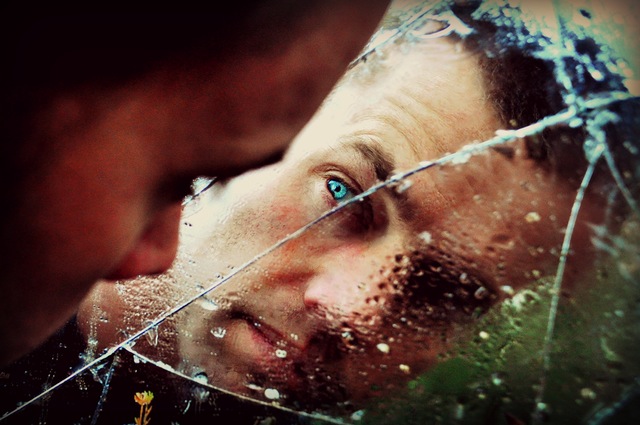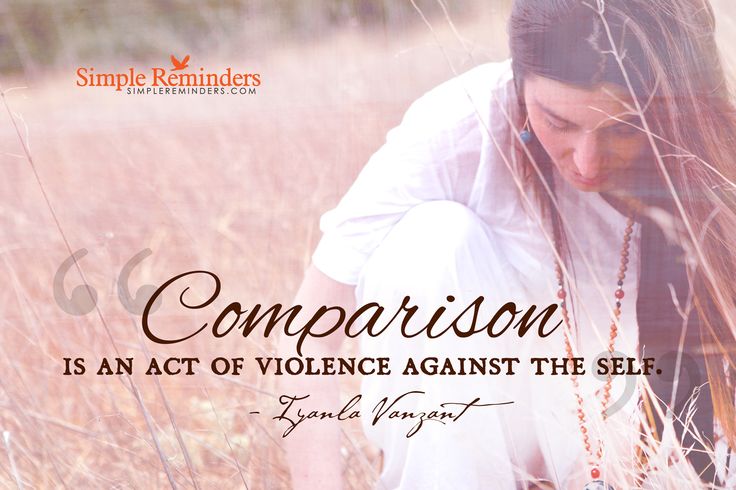 “Spiritual bypassing,” as coined by American author and psychologist, John Welwood, is a “tendency to use spiritual ideas and practices to sidestep or avoid facing unresolved emotional issues, psychological wounds, and unfinished developmental tasks.” (John Welwood) Spirituality’s shadow is more common than one may think, considering the popularity and expansion of spiritual philosophies (particularly Eastern spirituality) in recent decades, even filtering into the mainstream.
“Spiritual bypassing,” as coined by American author and psychologist, John Welwood, is a “tendency to use spiritual ideas and practices to sidestep or avoid facing unresolved emotional issues, psychological wounds, and unfinished developmental tasks.” (John Welwood) Spirituality’s shadow is more common than one may think, considering the popularity and expansion of spiritual philosophies (particularly Eastern spirituality) in recent decades, even filtering into the mainstream.
Some distorted behaviourisms that may be aspects of a “spiritual bypass” include emotional numbing, detachment, spaciness, negation of the self, repression of emotions (particularly anger), exaggerated “positive thinking,” a devotion to health fads and special diets, tolerance for bad behaviour, weak boundaries, unbalanced emotional development, lack of moral compass, rejection of the mainstream worldview, self-judgement, an obsession with the shadow self, and delusions of “higher” grandeur (the false notion of having reached or reaching “enlightenment”).
The quick-fix, pain-numbing fashion prevalent at the moment negates truly entering into the cave of facing and working through our pain. Perhaps the collective lack of willingness to seek deeper terrain masks our raw and wild animal within – that ultimately seeks our attention and liberation. The escape of spiritual bypassing has the toxic by-product of feeding the desire for pleasure to avoid our pain. Plastic fast-food spiritual fads like “manifesting,” “tantra,” and the like have become common norms and filled up the vacuum left by the slow disintegration of mainstream religions.
An exploration of the spectrum of worldly to unworldly views can bring deeper insights into human development. Unworldly endeavour can easily morph into distortion, escape and avoidance. It can be an escape to seek comfort amongst the ethereal realm, soon developing into a coping mechanism and strategy for not coping with the human experience. Ultimately, we all hope to advance via acquired wisdom and be effective in our relationships with others. Being too spiritual may mean we are unable to manifest an equilibrium and leave us dissatisfied or feeling empty in our human interactions. Some are walking in another world, or travelling between worlds – or perhaps have arrived at a “higher” state of being by leaving behind human interactions. Who is to say what is a “higher vibration” or any other of the nebulous new-age terms thrown about?
The formless exists usually beyond the capacity to be tested and broken down into materiality. We are not here to be nebulous entities without ego, shape or form – we are here to be human beings, arranged and contained within a physical body.
It is important and at times essential to be able to discern what is avoidance, and what is a core spiritual practice or path towards illumination. Many devotees have found relief and comfort in disembodiment, or not wanting to see what is real. This could be in the form of an escape or merely self-protection from something or someone. Such behaviour can be an act of profound self-compassion, protection and perhaps even reverence. However, in the human experience, it is a disconnection from the embodied experience of being separate, and all the elements of being a soul swimming within a human body. Discernment as always in such matters – will bring light to the darkness – and understanding and clarity to that which is amorphous.
There is no negative judgement in being in a human body and celebrating this human “vessel.” In service of the Divine, we may elevate all that is physical and mundane – and that includes even the most rejected parts of ourselves. Simply put – we are here to learn and grow – the core essentials to evolving the human spirit are empowered by having strong fundamentals in place.
Those who seek “escape” and do not wish to face their demons – to face themselves in the mirror naked – to deal with their personal woundings (or “crap” in crude terms) – are only fooling themselves and others. Or perhaps they are not ready to embrace their humanness just yet. The opposite of integration is disintegration, and sometimes we need to disintegrate before we can put ourselves together “whole” again. A simile would be in the way that we sometimes need to go into our darkness fully before we are ready to come out into the light. The darkness is not an unresponsive or apathetic state as it is merely a pathway to experience other aspects of self. These are vast cosmic entities that require experiencing and ultimately liberating in the way that a boy does not become a man without some sort of experience of catharsis.
On a bright morning after being up the whole night struggling through the cocoon, a small hole appears and the butterfly starts to emerge from its chrysalis. The butterfly must struggle on its own for its wings to emerge fully developed. If one were to try to help it break through its cocoon, one would be rendering it lame, essentially killing it. This is an analogy that highlights how we learn most by independent experience – and it can paradoxically be damaging to instruct too much. The keys to support others in their growth are understanding, patience and the wisdom of knowing when to let go as self-development happens in multiple ways, often beyond our understanding. It is important to be open to new perspectives – so we are able to change the way we view things.
John Welwood points out that “being a good spiritual practitioner can become…a compensatory identity that covers up and defends against an underlying deficient identity, where we feel badly about ourselves, not good enough, or basically lacking.” In this way, our spiritual practice promotes the denial of our wounds and becomes our self-defence. As well as the public elements of showing ourselves to be a spiritual devotee, there is also the bypassing of issues pertaining to living in the world as a human being. Further, it can be a compartmentalised and not integrated into real life.
Grounding of ourselves in our bodies and in the present moment context requires confronting the reality of what it is we are here to do. If we rigidly cling to spiritual beliefs that are dreamy, wishful or unrealistic, it can only further our sense of being fractured and separated from the world.
Many reach seemingly advanced levels of spiritual practice, whether it be within the religious fold, yogic, Buddhist or other path. The question for all seekers of spiritual truths, is whether they were able to circumnavigate the mysteries of existence without circumventing their own personal issues – whether they were able to heal their wounds and develop themselves fully on a personal, emotional and relational level.
Have our spiritual beliefs helped us evolve or were they our tool to avoid having to deal with painful feelings?
_______________________________________________________________
Photo Credits: Pexel – No Copyright Infringement Intended.
What do you think – or feel? Feel free to comment down below!
You are awesome as you are, and I love you!
And if you love me back, please click ‘share’ up at the top!
David G Starlyte (ND) – Australia’s Leading Soul-Coach. PERSONAL SESSIONS NOW AVAILABLE VIA SKYPE (Email me for details: davidstarlyte@gmail.com)
Find out more about me: http://davidstarlyte.com
Facebook: davidstarlyte

